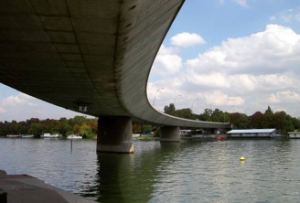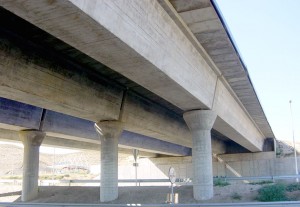
En estos momentos es posible automatizar completamente el diseño óptimo de puentes usando algoritmos heurísticos. A continuación os dejo, en abierto, un capítulo de libro en el que se explica tanto la optimización de un puente de vigas artesas prefabricado como otro construido “in situ” como losa de hormigón postesado. Se trata de un trabajo incluido dentro del proyecto de investigación BRIDLIFE. Este tipo de técnicas acabarán imponiéndose en unos años en los paquetes informáticos de cálculo. Sin embargo, resulta muy importante resaltar que el proyectista es el que tiene la última palabra en el diseño.
Referencia:
Martí, J.V.; Alcalá, J.; García-Segura, T.; Yepes, V. (2016). Heuristic design of a precast-prestressed concrete U-beam and post-tensioned cast-in-place concrete slab road bridges. In: Hernández, S.; Brebbia, C.A.; de Wilde, W.P. (eds.), High Performance and Optimum Design of Structures and Materials II. WIT Transactions on The Built Environment, Vol. 166. WIT Press, pp. 17-28. ISBN: 978-1-78466-143-4.


